
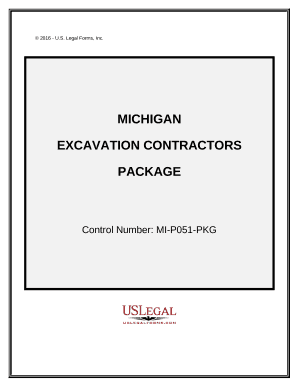
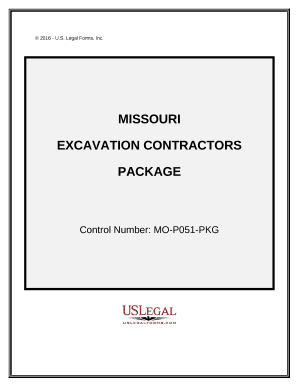
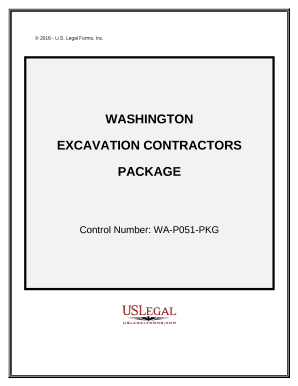
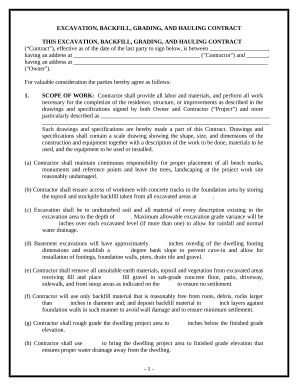
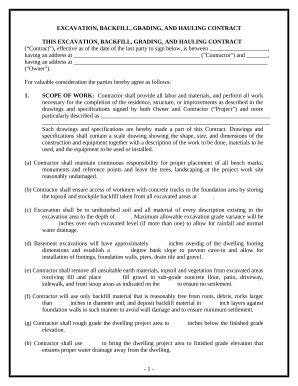

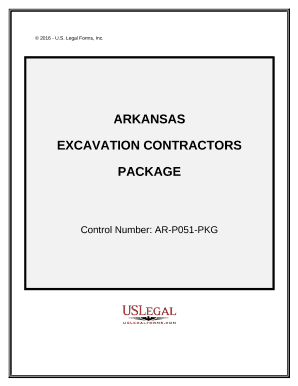

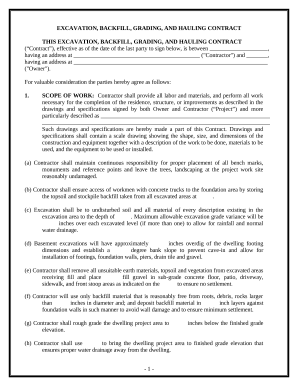
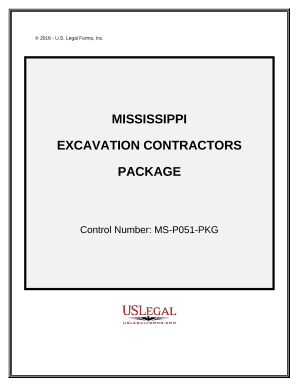
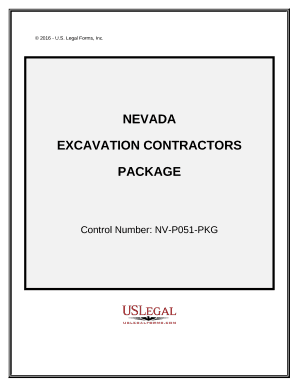
Your workflows always benefit when you can easily obtain all the forms and files you need at your fingertips. DocHub supplies a a huge library of templates to relieve your daily pains. Get hold of Excavation Documents category and quickly find your form.
Begin working with Excavation Documents in several clicks:
Enjoy effortless document management with DocHub. Check out our Excavation Documents category and discover your form today!